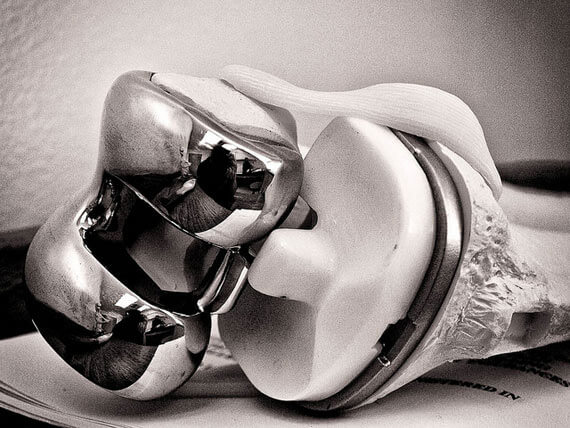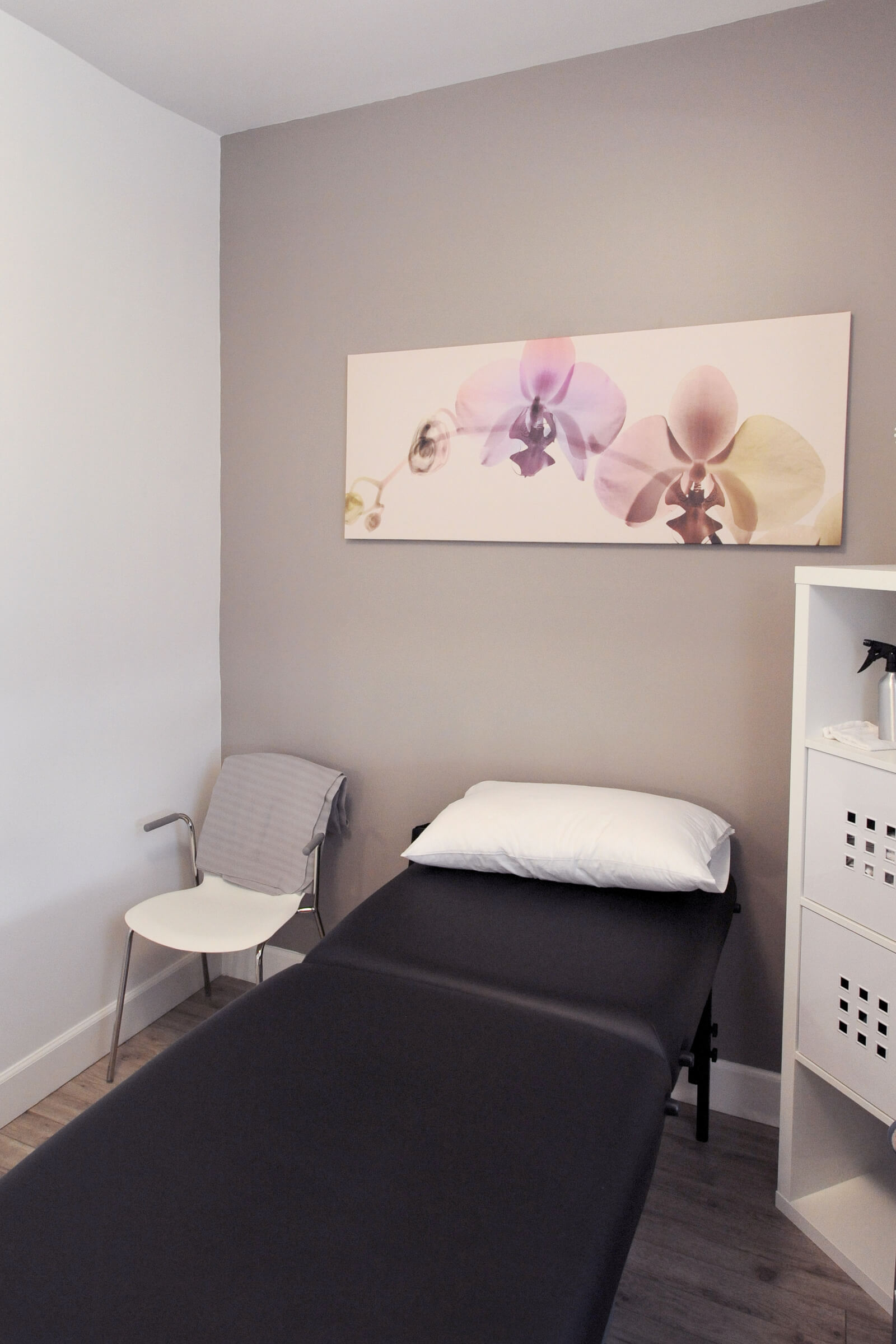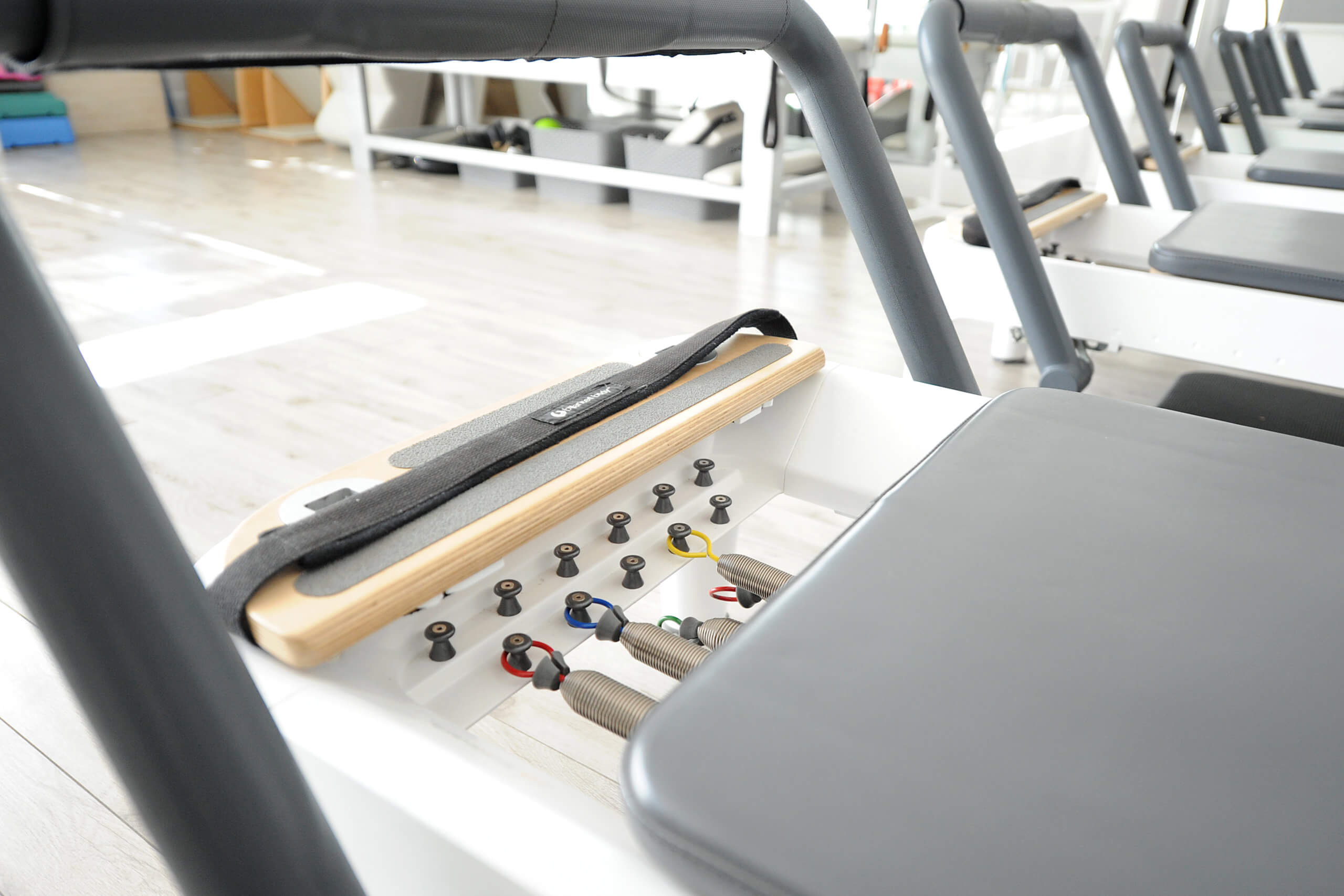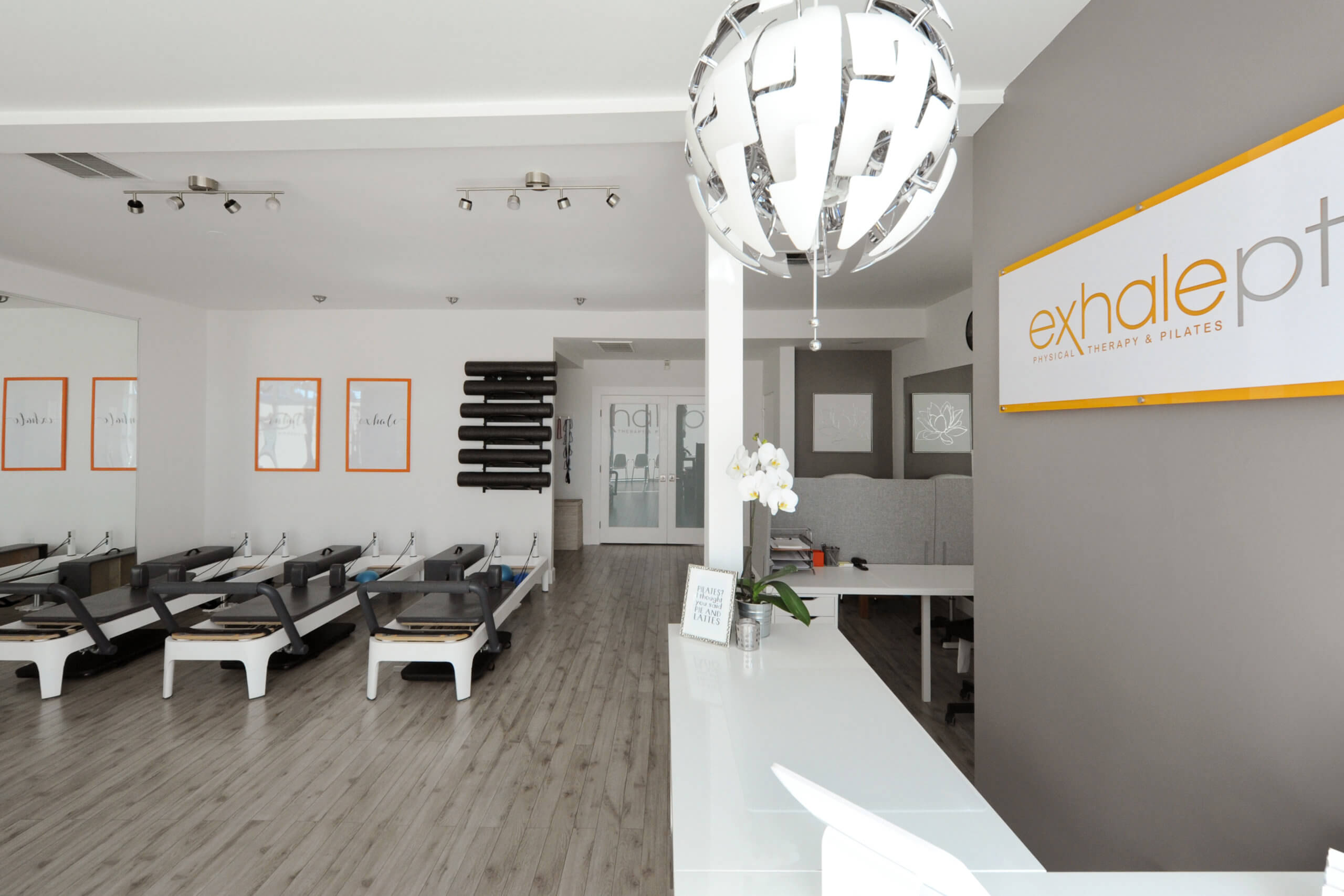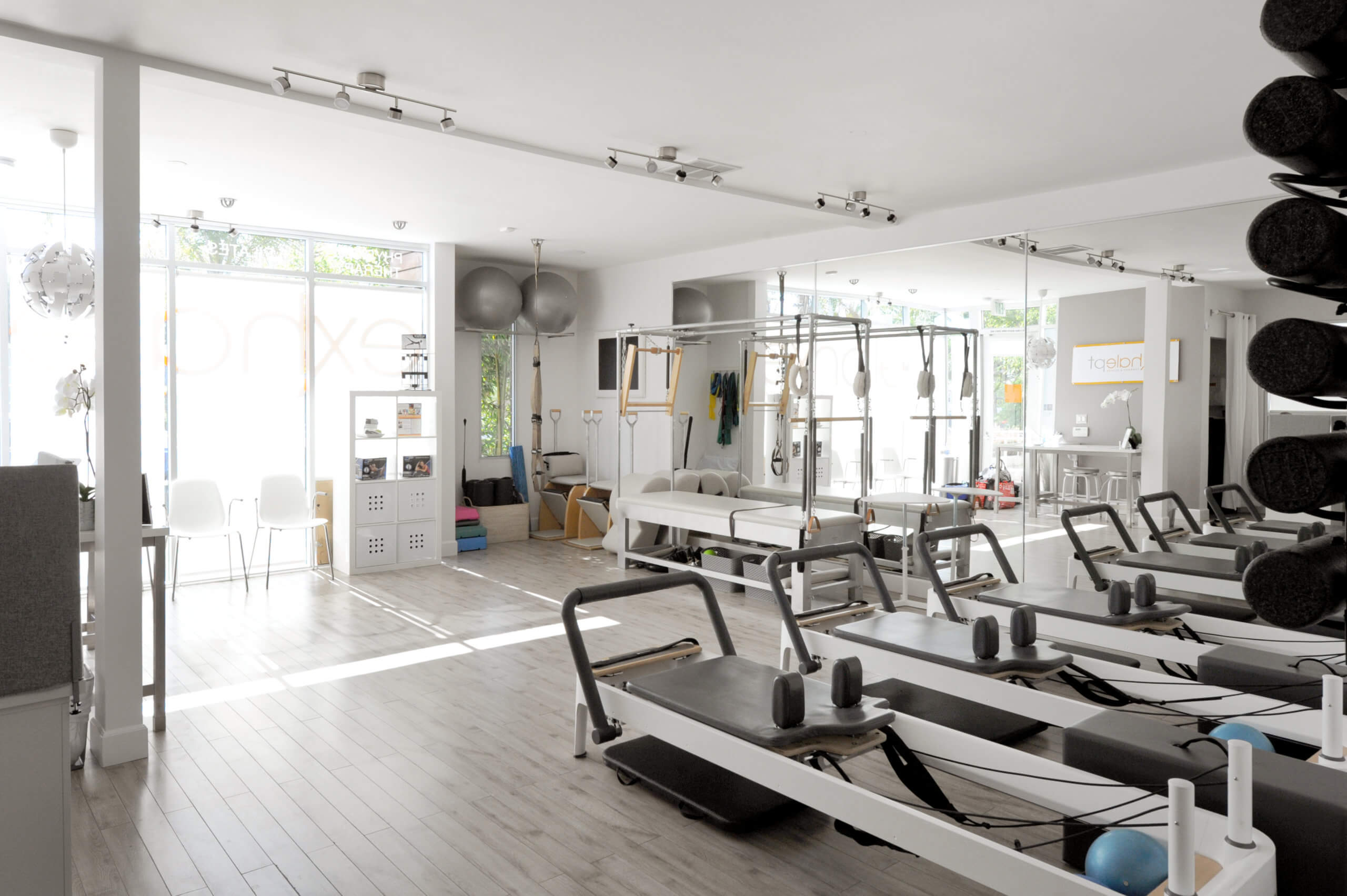“My knee is bone-on-bone.”
“I have the knee of a 70 year old.” (what does that even MEAN by the way? I know plenty of 70+ year olds in better shape than 20+ yr olds).
Some of you have been told these phrases, which is then usually followed with the suggestion of undergoing a total knee replacement. Let’s repeat that…a TOTAL knee REPLACEMENT! That is a massive surgery. Most people don’t quite grasp the severity of the surgery because they hear friends, families, coworkers all speak about personal experiences, or re-telling stories, most often years after their operation. Your surgeon will cut into your bones with a saw, and then they will hammer a titanium rod into your femur. Think about how that feels? Because even though the surgical technique is well established as successful (body accepts prosthetic and patient reports reduced pain and improved function), the recovery from the surgery is LONG, and can be painful. While this may sound obvious, people are consistently surprised as to the length of time and effort on their end, needed to get their knee to a place that makes them happy they had the operation.
While this operation is an effective form of treatment, alternative methods have proven to reduce pain and improve function, and should be considered as the first line of defense. There are approximately 600,000 total knee replacements performed in the U.S. annually. And that number is expected to rise to more than 4 million by 2030.
What we have found is many people can delay undergoing a total knee replacement by months-years if not indefinitely by actively participating in a combination of manual hands-on treatments aimed at improved tissue mobility and consistent strengthening and mobility work both inside AND outside of the physical therapy clinic. Take this example…
Example: patient presents to physical therapy with recent onset of right knee pain. Patient is 67 year old female and up until onset of knee pain, was walking 2.5 miles daily without any difficulty. She then took a long drive over the weekend to visit her cousin, woke up the next morning to go for a walk and had right knee pain.
Considering this case, the patient then consults her physician who takes x-rays because that’s standard protocol, and they notice “narrowed spacing” between bones or they say your knee is “bone-on-bone.” They send you to an orthopedic specialist, who then examines your x-rays, maybe takes a few more, and says you are a prime candidate for a total knee replacement. You are young enough on the spectrum of age, active enough, and motivated. And obviously your X-rays show “bone-on-bone” so you MUST have the operation.
Pause…when someone says “bone-on-bone” they are implying that you no longer have the protective covering of your cartilage which covers the ends of bones that move against one another in a joint. This wear and tear is considered normal as we age, and we know that imaging DOES NOT directly reflect what the patient standing in front of us may be experiencing.
X-rays do NOT illuminate soft tissue. You cannot appreciate the integrity of soft tissue, which includes cartilage which lines the ends of bones, AND your meniscus. (MRI is the image which would provide more information about these structures, but again, it’s absolutely normal to see signs of wear and tear on our joints soft tissue structures).
So when your provider suggests you should consider a total knee replacement, I urge you to inquire about consulting a physical therapist, or do so on your own. As a movement specialist we can help identify faulty movement patterns, imbalances in muscle strength and posture deficits. Let’s aim to put off massive surgery for another year, yeah?
Lindsay Mercier, PT, DPT, OCS
Tags: Knee replacement alternative, physical therapy, knee pain


